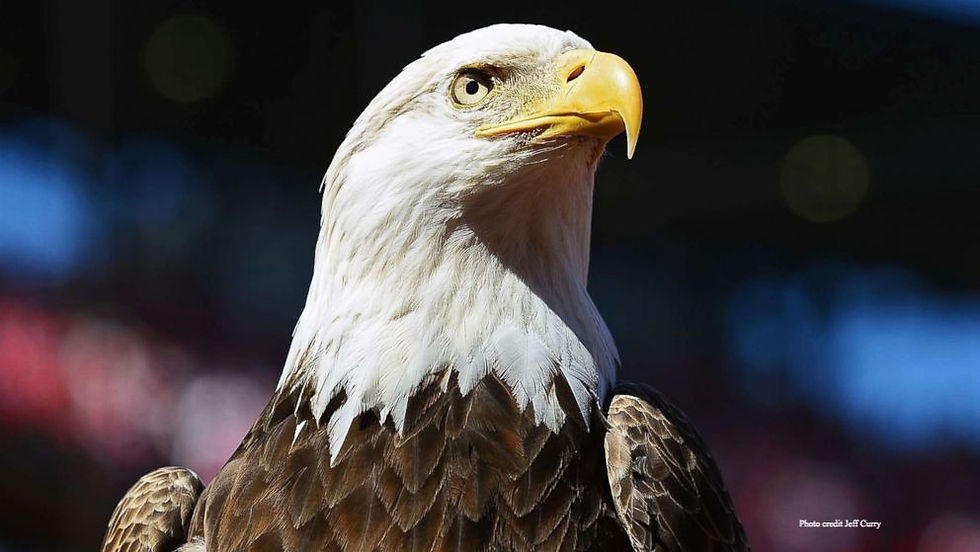Critter Spotlight: Cedar Waxwing: Bombycillia cedrorum
- cynthiamorissette
- Dec 17, 2021
- 2 min read
It has been a while since I have posted a critter spotlight. Today, I was inspired looking through my childrens' Ranger Rick magazine, in the front cover was a beautiful picture of a Bohemian waxwing. My favorite bird of all time just happens to be in the waxwing family, the cedar waxwing, Bombycillia cedrorum.
Tuesday will mark the first day of winter, and in my opinion, winter is the best time to be a bird watcher. The colors of the birds against the white snow (when we get some) are breathtaking, some might say, magical! Cedar and Bohemian waxwings are beautiful. The bright colors of their wing and tail feathers against their dull grey bodies make it look like they were dipped in paint. They also have wonderful face markings that give the impression they are wearing a mask. Below are pictures of each. The cedar waxwing is on the right and the Bohemian is on the left. See if you can spot the subtle differences between them.
There are slight differences in color for sure. The Bohemian is also just slightly larger than the cedar. Their calls are also different. Click on the links below to hear both bird calls.
Waxwings love berries, especially those of the red variety. Cedar waxwings, in particular, consume serviceberry, strawberry, raspberry, mulberry, and dogwood. They will also eat mistletoe, juniper, mountain ash, honeysuckle, crabapple, hawthorn, and Russian olive fruits. In the summer months, cedar waxwings will supplement their diet with protein-rich insects such as mayflies, dragonflies, and stoneflies. With their addition of insects in the summer, what kind of a consumer is a cedar waxwing? If you aren't sure of the answer, ask Mrs. Morissette when you see her the next time!!!
Cedar waxwings are found in a variety of habitats. They are especially prevalent in those habitats with fruiting plants. They love forests, marshes, wetlands, sagebrush, and grasslands.
Female cedar waxwings do almost all of the nest building. Both the male and female will search for a nesting site, but the female will decide on the spot. Nests are placed anywhere from 3-50 feet in the v-shape of tree branches. Females may leave and return to the nest over 2,500 times during construction. Once the nest is constructed and the female lays eggs, there will be anywhere from 2-6 pale blue or grey-blue eggs, sometimes with black or grey spots.
A great way to attract cedar waxwings to your yard is to plant trees that bear fruit like dogwood, winterberry, or serviceberry.
I hope you enjoyed learning about cedar waxwings. If you would like more information, please check out the site where the bulk of this post came from https://www.allaboutbirds.org/news/
Have a fantastic day my friends,
Mrs. Morissette










Comments